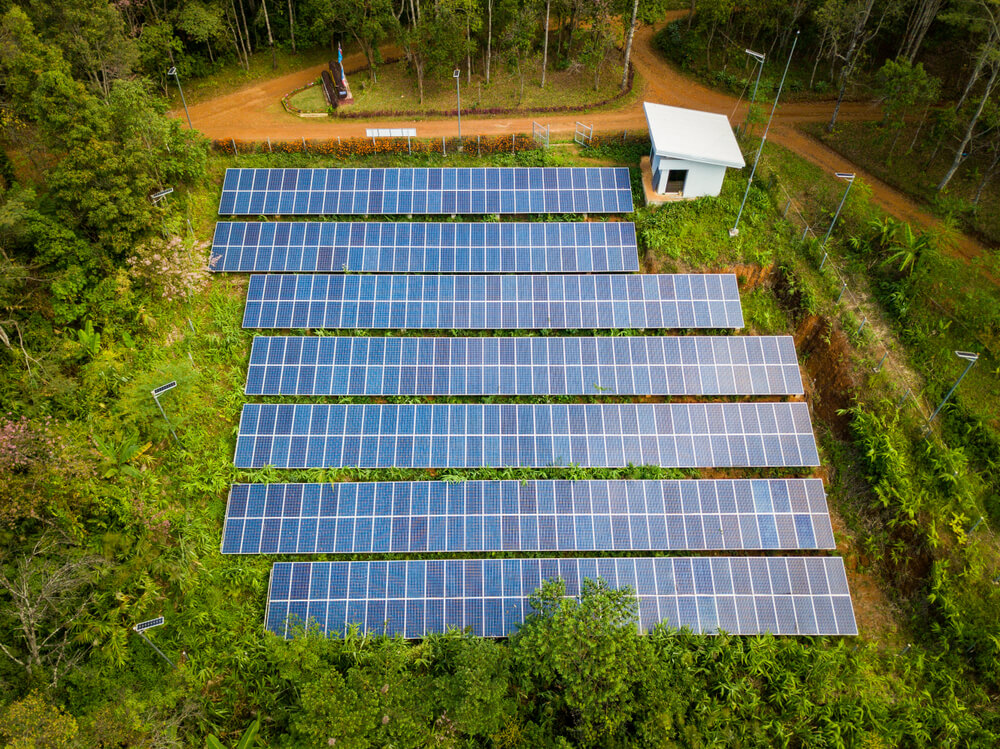Solar panel back films are an important component of photovoltaic (PV) modules, providing protection, insulation, and electrical isolation for the solar cells and other internal components. Back films are typically made from various materials that offer specific properties suited for solar panel applications.
- Tedlar (TPT – Tedlar/Polyester/Tedlar): Tedlar is a brand name for a type of polyvinyl fluoride (PVF) film that is commonly used as a backsheet material in solar panels. TPT back films consist of three layers: two outer layers of Tedlar and a middle layer of polyester. Tedlar is known for its durability, resistance to UV radiation, and ability to protect the solar cells from environmental factors.
- PET (Polyethylene Terephthalate): PET is a commonly used plastic material that can be used as a backsheet material for solar panels. It’s a cost-effective option and is often used in single-layer backsheets. While not as UV-resistant as Tedlar, it can still provide good electrical insulation and protection for the solar cells.
- PVDF (Polyvinylidene Fluoride): PVDF is another type of fluoropolymer material that can be used as a back film for solar panels. It offers good resistance to harsh weather conditions and UV radiation. PVDF backsheets are known for their ability to provide long-term protection to the solar cells.
- POE (Polyolefin Elastomer): POE is a flexible and durable material that can be used as a backsheet material. It offers good resistance to weathering and is often used in combination with other materials to create multi-layer backsheets.
- Multilayer Backsheets: Some solar panels use multi-layer backsheet structures that combine different materials to achieve a balance of properties, such as UV resistance, electrical insulation, moisture protection, and mechanical strength. These multi-layer backsheets may incorporate materials like Tedlar, PET, PVDF, and others.
- Transparent Backsheets: In some cases, transparent or semi-transparent backsheet materials are used to allow some light to pass through the back of the solar panel. This can be useful for applications where aesthetics or light diffusion are important.


